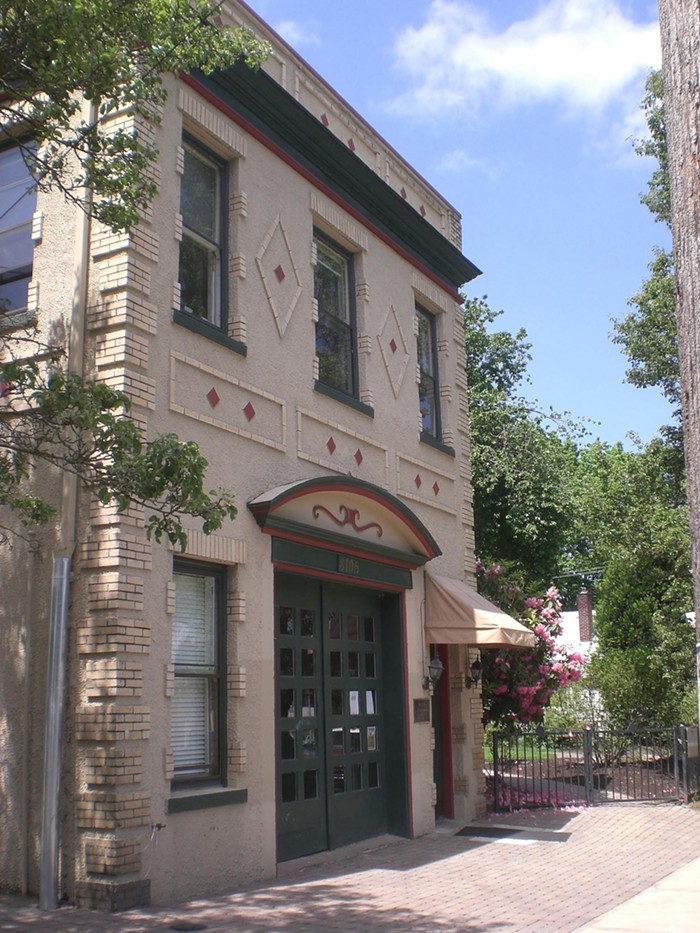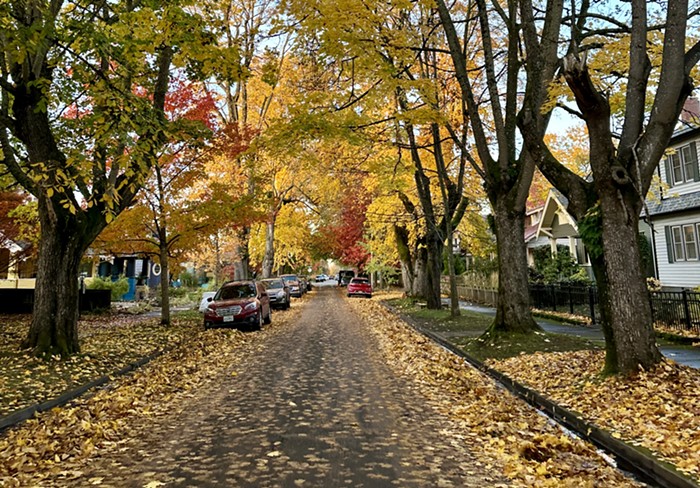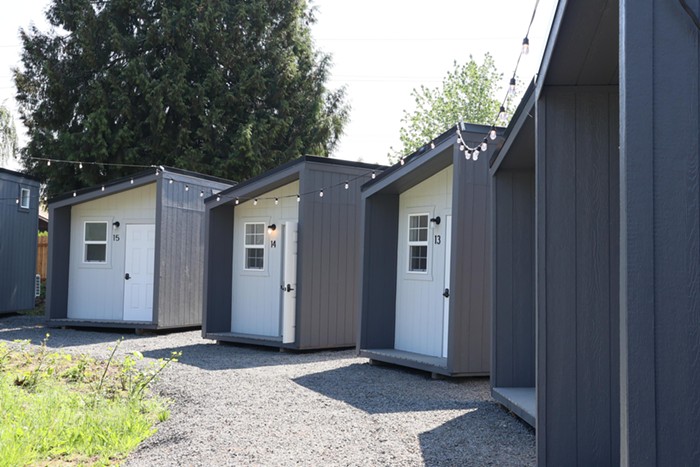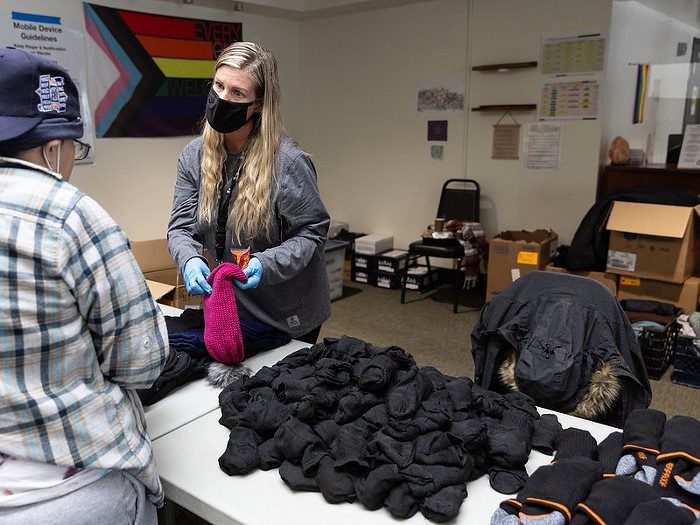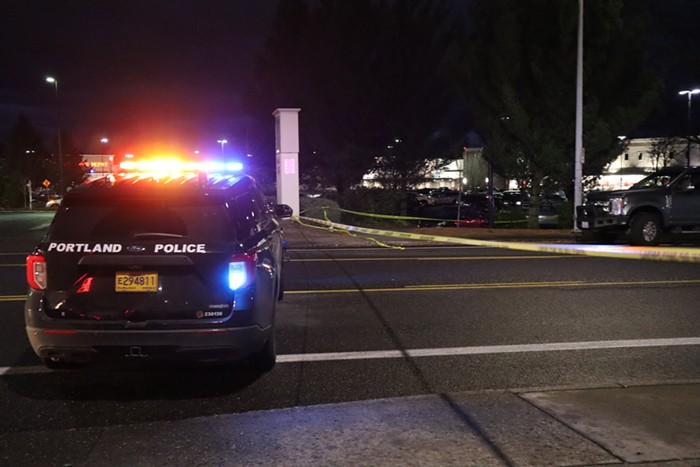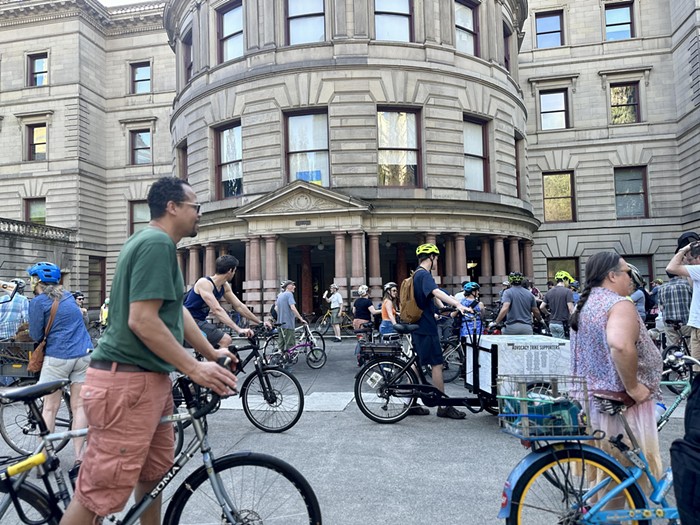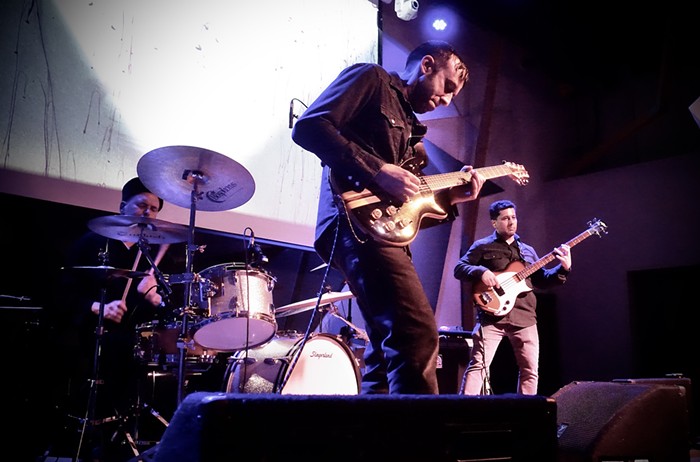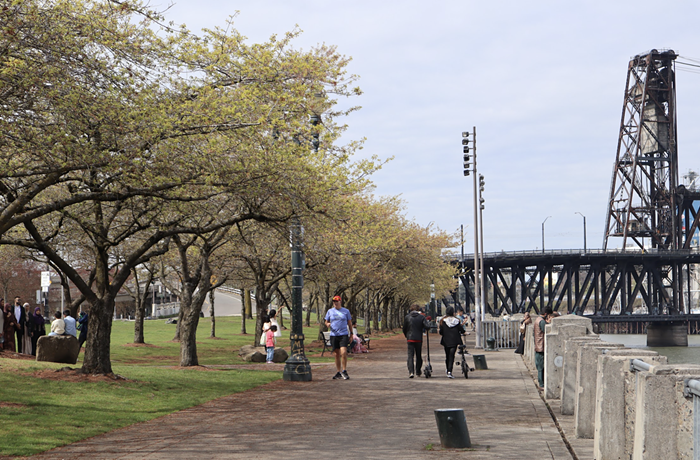
A man was shot in the ass a couple blocks from my home very early Sunday morning.
It was one of three shootings this weekend Portland police say were gang related—and the only one with injuries. That's much better than it might have been. Two people have been killed in gang-related shootings this summer already, and police, hoping to tamp down the inevitable attempted tit-for-tat of these murders, announced an "Operation Cool Down" over the weekend, pulling resources from elsewhere in the bureau to help the Gang Enforcement Taskforce's limited manpower.
Three shots-fired calls with one injury is not so bad, given the recent bloodshed. But in the larger scheme of things there's no sign Portland's making any headway in its years-long spate of increased gang attacks. Last summer, the Mercury tagged along with gang cops, outreach workers, east Portland residents and other people working to tamp down what many view as an alarming new trend. As of Sunday, this year has seen 75 gang-related attacks, according to Portland Police Bureau spokesman Sgt. Pete Simpson. That compares to 53 at the same time in 2013. (Context: Our worst year in more than a decade was 2012, when there were 118 gang-related attacks. Chicago can clear that in a bad week.) There are dozens of people working to calm these tensions, but their response can be piecemeal and uncoordinated. Meanwhile, the face of gang activity in Portland continues to change.
That's been a truism for years among the city's police and outreach workers, and it's newly formalized in a study the Multnomah County Local Public Safety Coordinating Council released last week. City and county justice officials decided earlier this year to spring for a full assessment of the region's gang problem. They came up with this, a study that yields few startling revelations, but which officials say gives a baseline to work from (it's also a prerequisite for obtaining some federal grants).
The report is full of figures and maps and graphs. It parses interviews with active and former gang members, victims of gang crimes, family members of people in gangs. And it paints a picture we're familiar with: of violence in small pockets of north and northeast Portland giving way, increasingly, to shootings in Gresham and East Portland, that well-known tale of gentrification. Shots-fired calls are down, even as gang attacks are up. And while violent crime in Portland decreased by almost 5 percent from 2012 to 2013, it shot up by almost 25 percent in Gresham.
The study is long and nuanced and difficult to summarize (here's the Oregonian's take from last week), but the larger point is: Portland now knows more about its gang landscape (with its 133 distinct gang "sets") than ever before. What we do with that knowledge will be critical.
Here's one of the study's maps. Click it to see many more.
![See more data here [pdf]](https://media2.fdncms.com/portmerc/imager/see-more-data-here-pdf/u/original/12995722/1405362967-screen_shot_2014-07-14_at_11.19.26_am.png)
